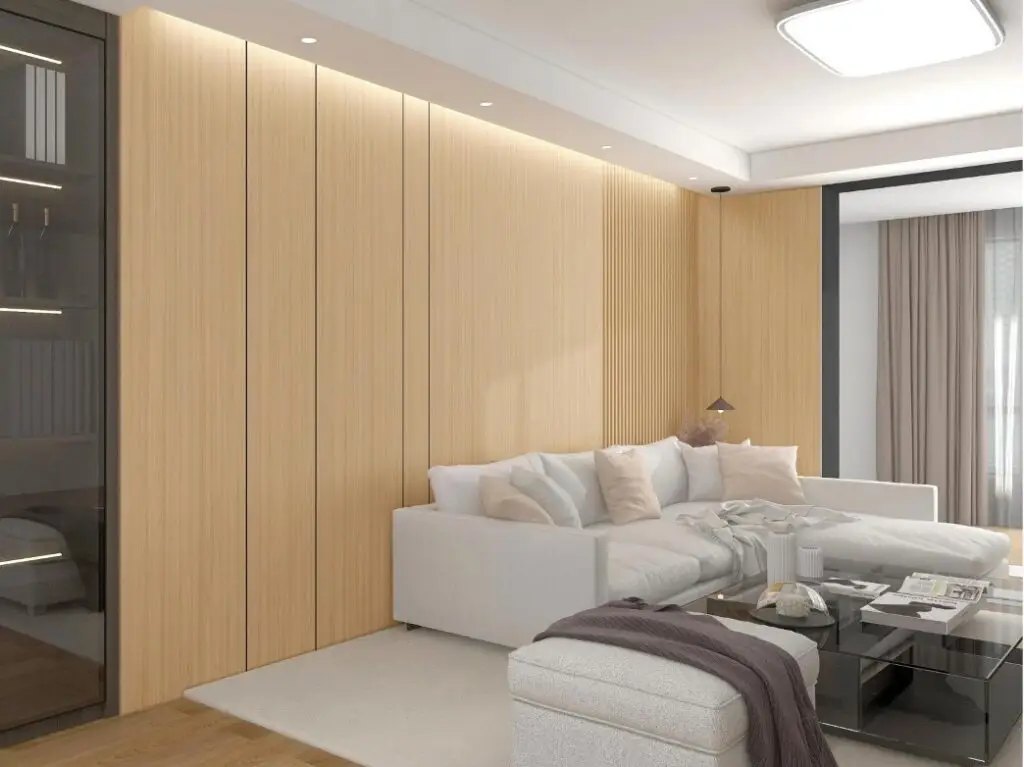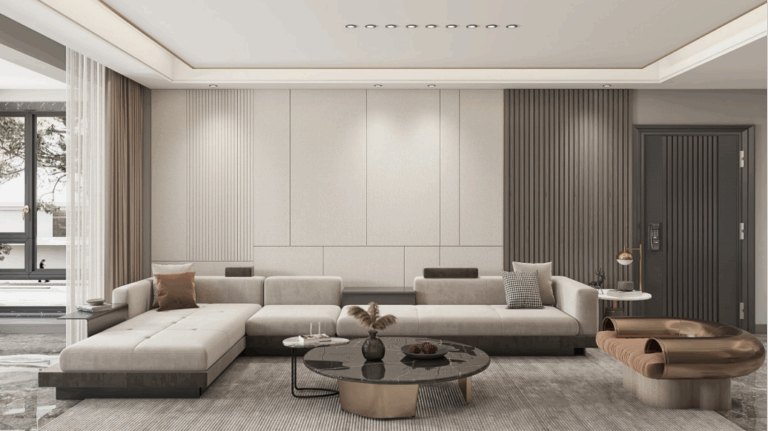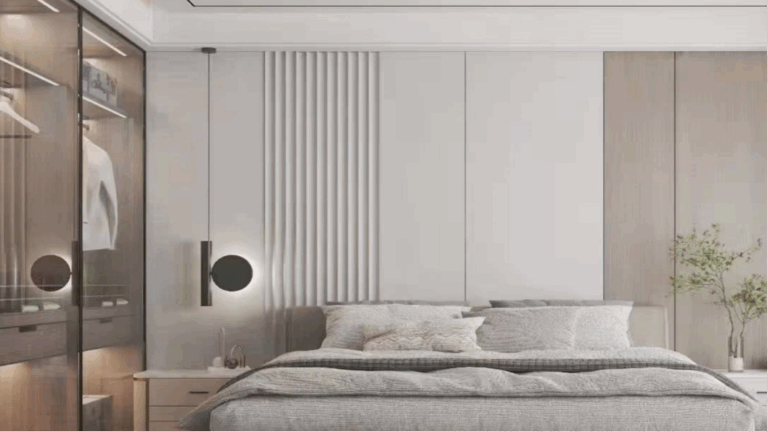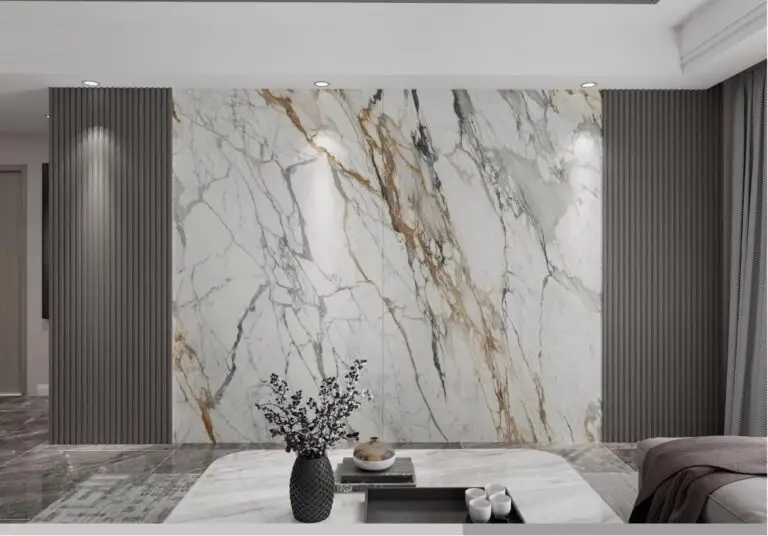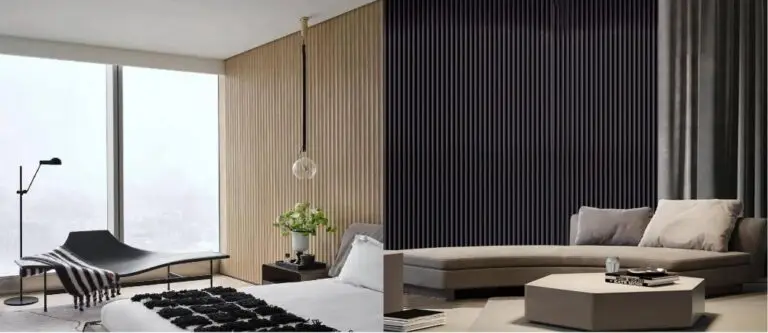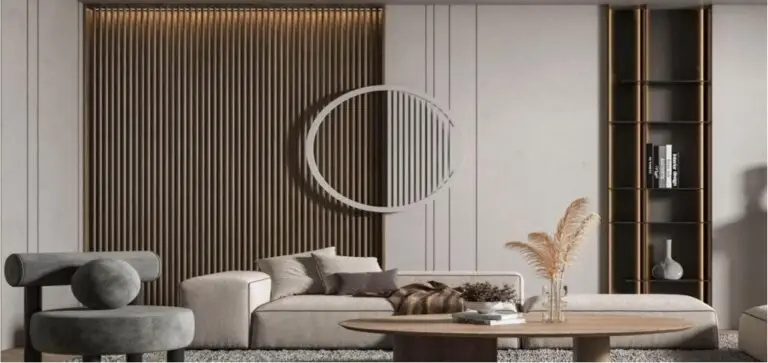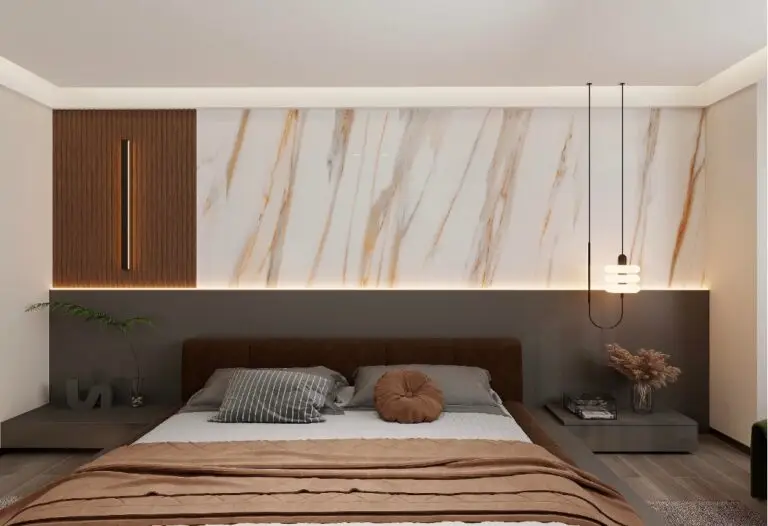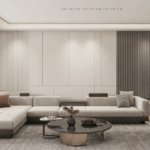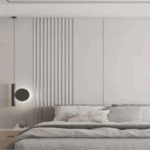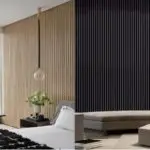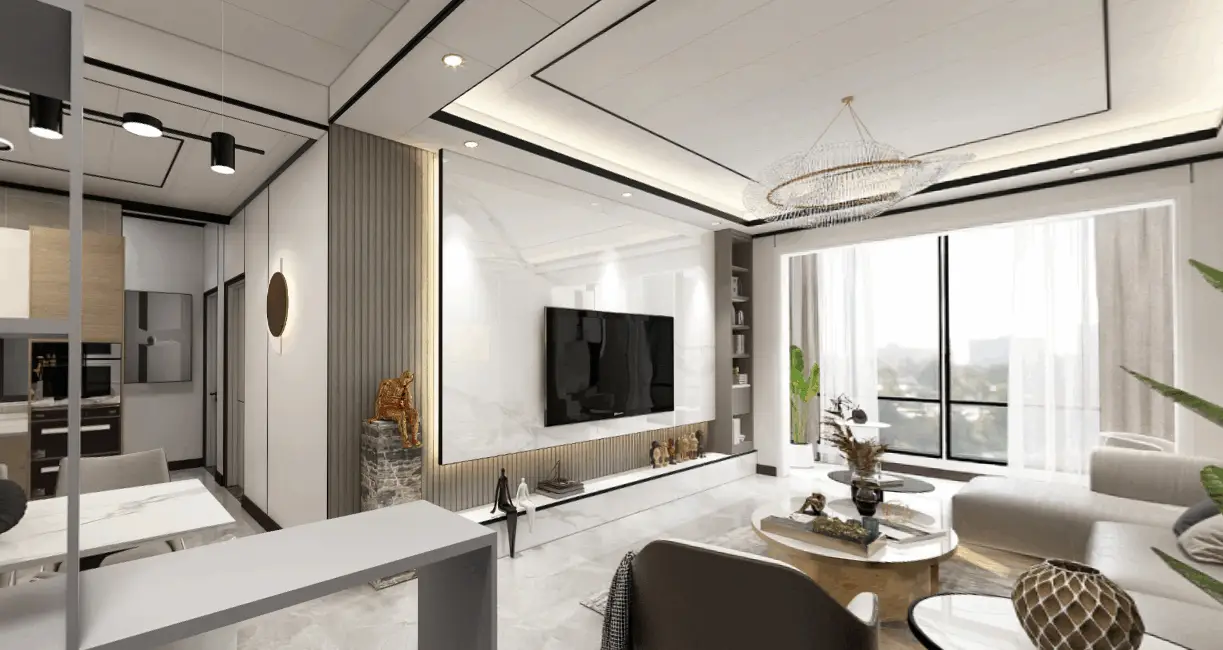 Architects are increasingly turning to bamboo charcoal wood veneer for its carbon-negative aesthetics and exceptional technical properties in sustainable acoustic design. This material offers a unique blend of environmental benefits and high performance.
Architects are increasingly turning to bamboo charcoal wood veneer for its carbon-negative aesthetics and exceptional technical properties in sustainable acoustic design. This material offers a unique blend of environmental benefits and high performance.
Key Advantages:
1、Carbon-Negative & Biophilic: Sequestering CO₂, it creates carbon sinks and offers biophilic design opportunities with its natural patterns, enhancing interior acoustics.
>2、Advanced Moisture & Air Quality Control: Superior humidity control reduces corrosion risks and its nanoporous structure improves air quality in sound-controlled environments.
3、Enhanced Fire Safety: High fire resistance and low smoke emission contribute to safer acoustic installations.
4、Superior Sound Dampening: Excellent sound absorption across 4、frequencies improves acoustic comfort in various spaces.
5、Circular & Sustainable: Promotes a circular economy through waste recycling and potential carbon credit generation for sustainable acoustic materials.

Conclusion:
Bamboo charcoal wood veneer is a versatile and sustainable material offering significant technical advantages for architects focused on high-performance acoustic design. Its carbon-negative properties, coupled with superior moisture regulation, fire safety, exceptional sound absorption, and circular lifecycle, make it a key material for creating environmentally responsible and comfortable spaces.

